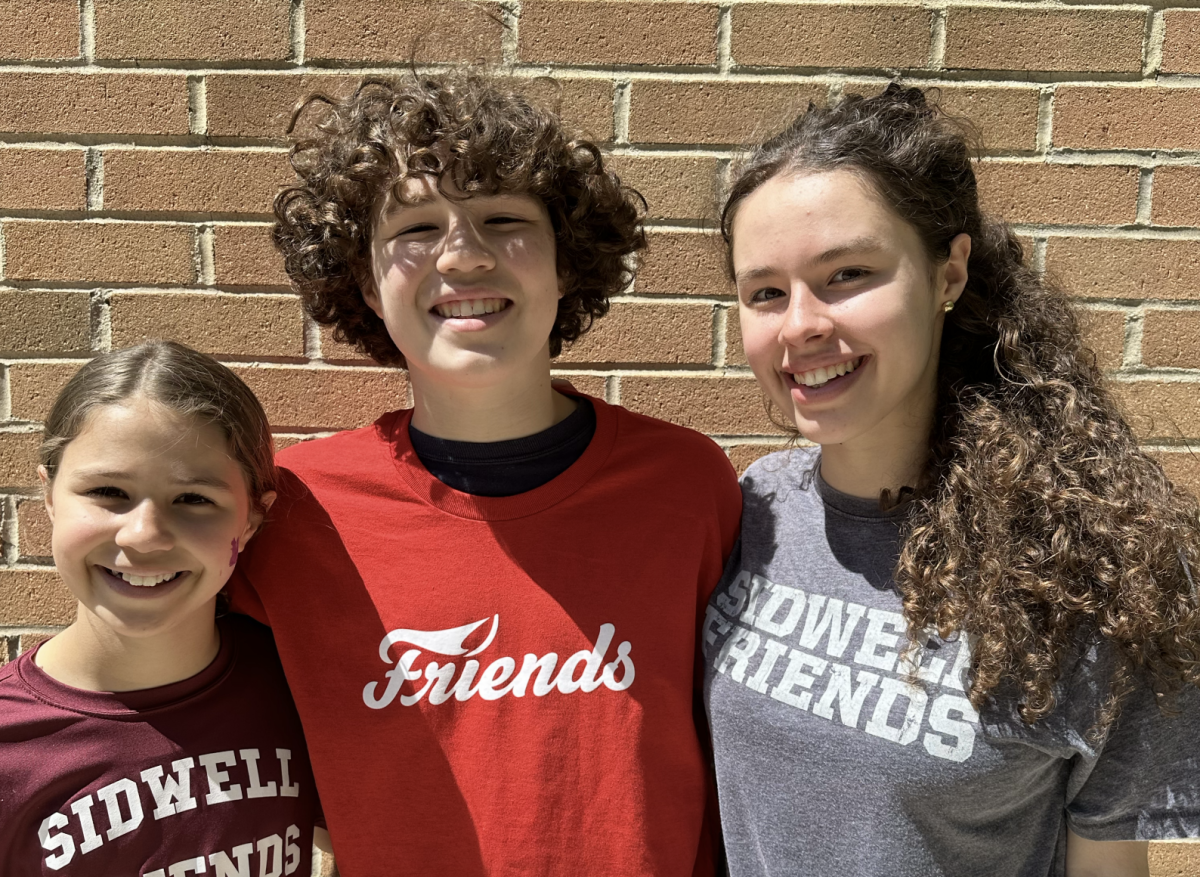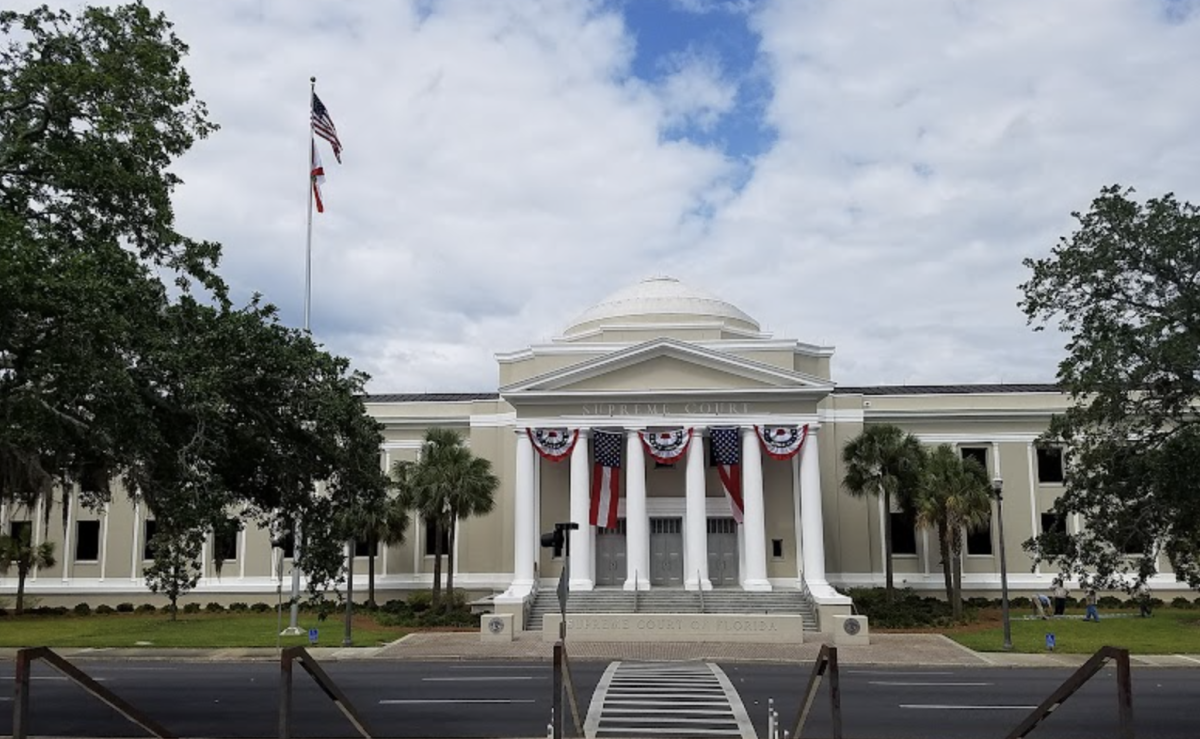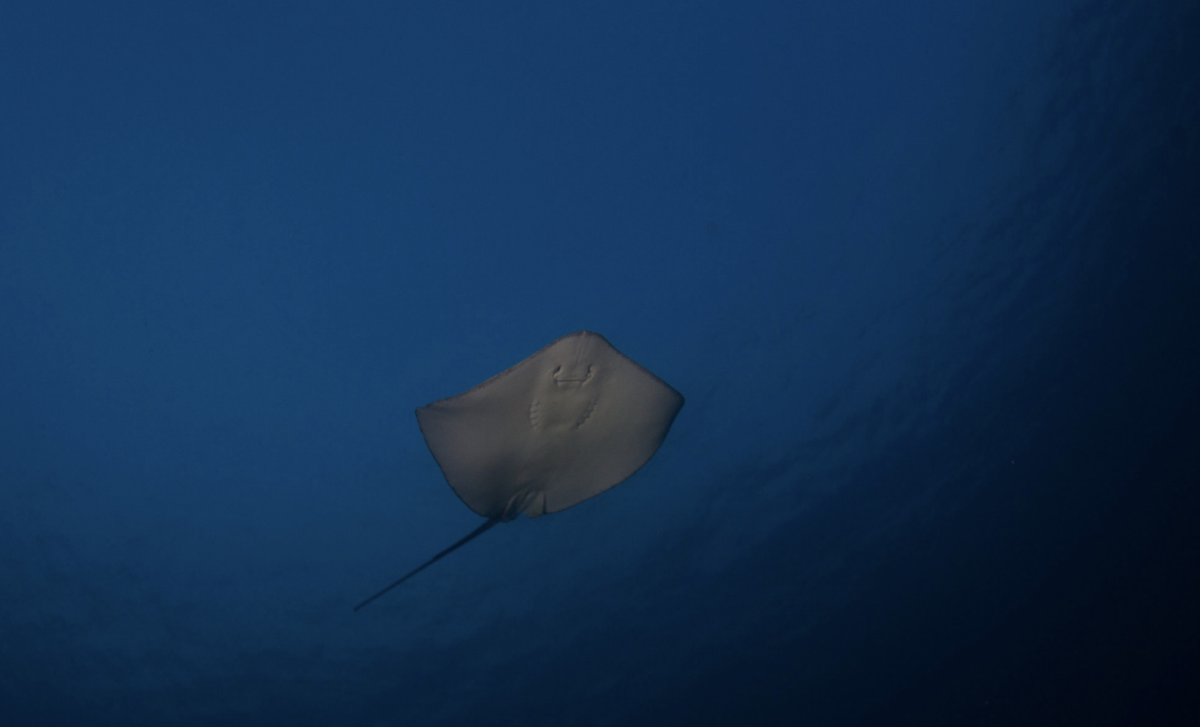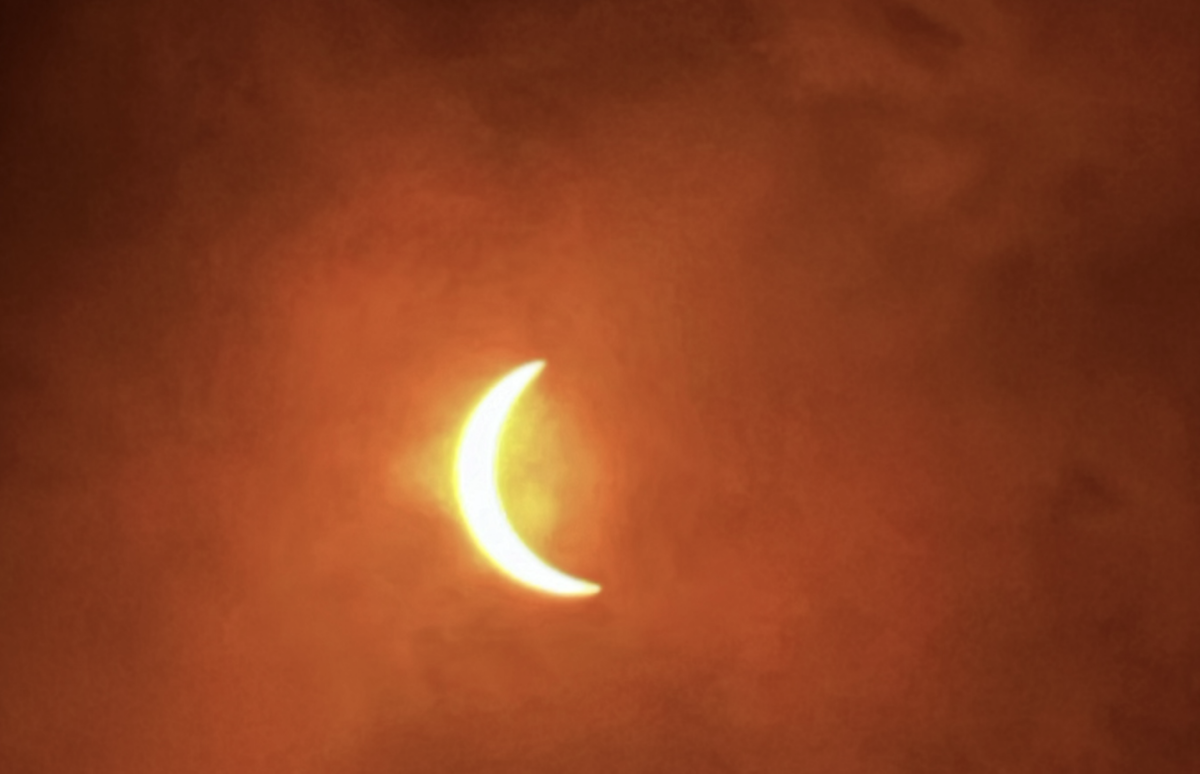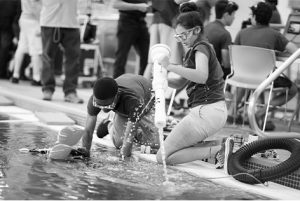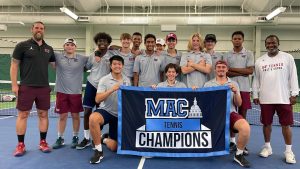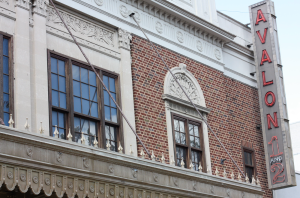Early in February, a mystery at a North Carolina aquarium took social media by storm and presented many questions to the marine biology world; they had found a potential interbreed between a stingray and a shark.
Located in Hendersonville, N.C., the Aquarium and Shark Lab is home to a single stingray named Charlotte who has not had a mate in over eight years. At around 14 years old, Charlotte remains the only stingray in the aquarium, living a peaceful life amongst the resident sharks.
Brenda Ramer, the executive director of the Aquarium and Shark Lab, explained that she was originally concerned about Charlotte’s health when she noticed her body swelling up. Ramer originally speculated possible cancer but ruled that out after the ultrasound taken of Charlotte showed a multitude of fertilized eggs.
This discovery raised many questions. As Charlotte lives amongst two white-spotted bamboo sharks, Larry and Moe. The scientists questioned, could she have been impregnated by them? The other possibility was that Charlotte reproduced asexually, something that was thought possible but had never been observed before. Both scenarios would be groundbreaking.
As Charlotte grabbed hold of the world’s attention, scientists from around the country reached out to offer useful insights on possible theories. Kady Lions, a researcher at the Georgia Aquarium, was one of the first scientists to shut down the theory of a shark-ray hybrid, “We should set the record straight that there aren’t some shark-ray shenanigans happening here,” Lions told Smithsonian Magazine. She continued to emphasize that shark and ray DNA and anatomy lack compatibility.
Another scientist, Demian Chapman from the Mote Marine Laboratory and Aquarium’s Center for Shark Research, said he would “give a shark the same odds of being the father that [he] would give Elvis or Bigfoot of being the father—zero.”
Meanwhile, other scientists stepped in to immediately explore the possibility of asexual reproduction. In a process called parthenogenesis, over 80 vertebrate species have been able to reproduce without the presence of a male mate.
Parthenogenesis is the process by which a female produces an egg and a “polar body,” containing DNA similar to that of the female. The egg and the polar body then merge to create fertile offspring without the need for male sperm. Among the various groups of animals capable of parthenogenesis, elasmobranchs—sharks, rays, skates—seem to do it most frequently.
Chris Lowe, the Director of the Shark Lab at California Long Beach State University, said, “This is a very interesting phenomenon and quite cool considering it occurs across so many species of sharks and rays, but we don’t really know why this is so common across this group of animals and not others.” Although it has never been seen before, Charlotte’s species has been known to use parthenogenesis as a way to reproduce. Charlotte’s case would be the first time that it is observed.
The small North Carolina Aquarium has now advertised Charlotte to visitors as a one-in-a-lifetime opportunity to view this natural phenomenon. Kids wait in lines to go in and take a peek at Charlotte’s growing stomach, online groups have deemed themselves “Charlotte Lovers” and the public waits in anticipation for the pups to be born.
Though an answer has likely been found for the mysterious pregnancy, a parthenogenetic one, this phenomenon has helped bring necessary attention to marine animals at a crucial time.
Although the initially exciting theory of a shark-ray hybrid turned out to be false, Charlotte’s pregnancy has acquired the attention of those who may not have been interested in ocean life otherwise. Her pregnancy’s peculiarity could inspire the next generation of scientists to explore and further study parthenogenetic organisms and bring awareness to marine animal adaptations.





